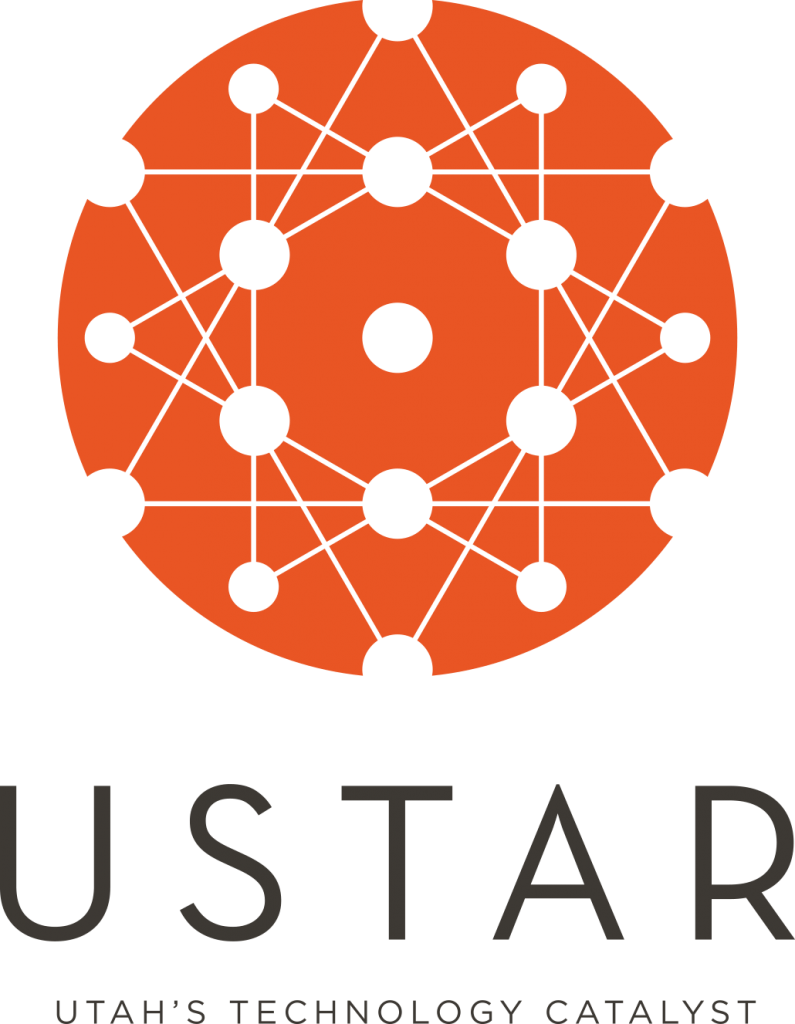
Automated Preventive Power System Operation During Hurricanes
The integrated system development involves advances in structural modeling and simulation methods, risk analysis models, data fusion technologies, stochastic optimization, and high-performance computing.
The Natural Hazard Related Failure Analysis (NHRFA) module will infuse the rich and complex real-time weather forecast data to numerical modeling technology through a Geographic Information System (GIS) platform. Additionally, NHRFA integrates structural modeling and risk analysis tools to predict damage probability of a transmission line.
The Energy Management System (EMS) module will use advanced optimization techniques to minimize the impacts of natural-hazard induced outages on the reliability of power systems. Consequently, the severity of power blackouts after a natural hazard will be significantly reduced.

EAGER: Real-Time: Effective Power System Operation during Hurricanes using Historical and Real-Time Data
NSF #1839833
The hypothesis governing this project is that a hybrid approach, which exploits the availability of data, while also relying on physical and engineering principles, can overcome the two challenges, mentioned above. First, using historical and real-time data, this project reduces uncertainties in order to improve both the solution quality and computational needs. Second, by applying machine learning techniques on synthetic, historical, and real-time data, the project replaces computationally-demanding stochastic optimization with effective proxy deterministic models, to achieve computational tractability for real-time operation. Thus, this project will enable, for the first time, appropriate integration of uncertain weather forecast data within power system operation during hurricanes, to quickly identify effective preventive operation strategies.

Elements: Open Access Data Generation Engine for Bulk Power System under Extreme Windstorms
NSF #2004658
This project addresses that gap in knowledge in dealing with high wind disaster events for preventative and restorative resiliency of electric power networks. By integrating multiple data sources into a robust simulation tool, researchers can design new methods to mitigate the impact of hurricanes and other extreme wind events on power system operations. The outcomes of the research would positively impact reliability, resiliency, and delivery of electric power to US population centers.